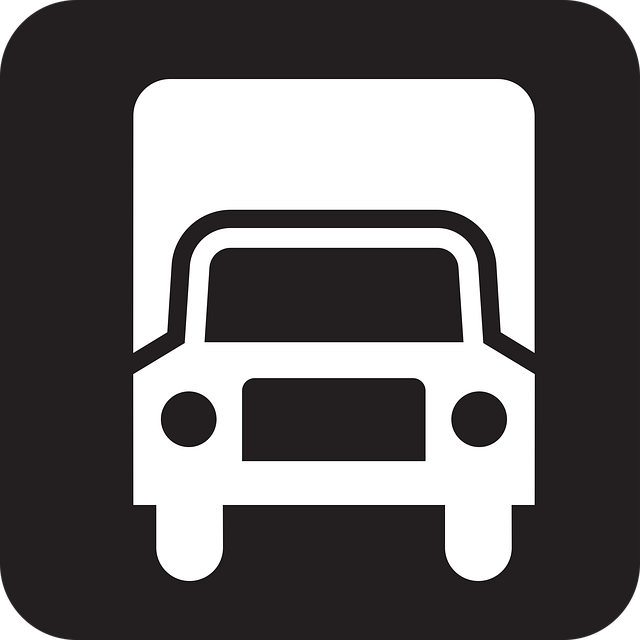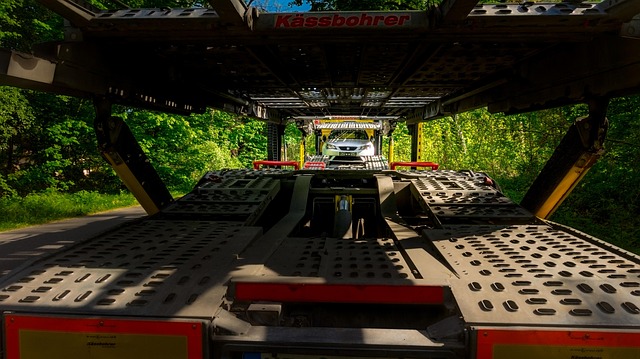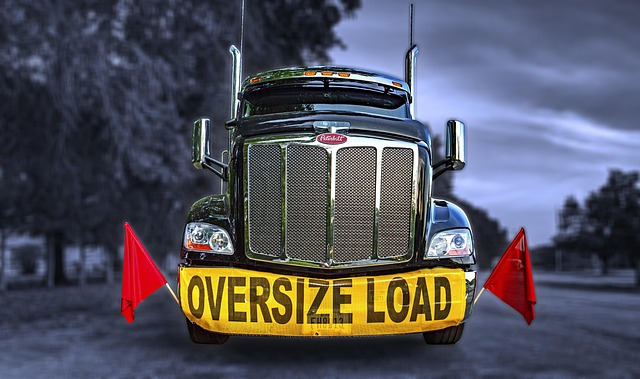Registering a car in California is a straightforward process, but understanding the requirements is key. This guide will walk you through the steps, ensuring a smooth experience. First, verify your vehicle’s eligibility by checking its age and condition. Next, gather essential documents for a DMV (Department of Motor Vehicles) vin verification, including proof of ownership and identification. After passing the VIN check, complete the registration form online or in-person, pay the fees, and obtain your license plate.
- Understand Eligibility Requirements for Car Registration
- Gather Necessary Documents for VIN Verification
- Perform DMV Vehicle Identification Number (VIN) Check
- Complete Online or In-Person Registration Process
- Pay Registration Fees and Receive Your License Plate
Understand Eligibility Requirements for Car Registration

Before you begin the registration process, it’s crucial to understand the eligibility requirements set by the California Department of Motor Vehicles (DMV). To register your car in California, your vehicle must meet certain standards for safety and emissions. One critical step is ensuring a successful dmv vin verification, which involves checking the vehicle identification number (VIN) to confirm its authenticity and history.
Additionally, your car must pass an inspection conducted by a certified technician to ensure it complies with state safety and pollution regulations. This process can be streamlined with services like mobile vin verification or a vin inspection performed by a trusted professional who can guide you through the paperwork and requirements, making the registration experience smoother and more efficient.
Gather Necessary Documents for VIN Verification

To register your car in California, you’ll need to undergo a DVW (Department of Motor Vehicles) vin verification process. Before heading to the DMV, ensure you gather all essential documents, including your vehicle’s registration certificate, proof of insurance, and a valid driver’s license. Additionally, you must have the Vehicle Identification Number (VIN) from your car, which can usually be found on the vehicle’s title or in its manual.
One convenient way to obtain this information is through a mobile vin verification service. These services send a technician to your location to perform an inspection and confirm the VIN details. This option is particularly useful for those with busy schedules or accessibility issues, as it saves time and effort compared to visiting a DMV office. Alternatively, some apps and online platforms also offer remote vin verification, allowing you to input your data and receive instant results.
Perform DMV Vehicle Identification Number (VIN) Check

Before proceeding with the registration process, it’s crucial to perform a DMV vehicle identification number (VIN) check. This step is essential for ensuring that your car is legitimate and has not been reported stolen or has any outstanding issues. You can complete this verification through various methods, including the official DMV website or by using a mobile vin inspection service.
Using a mobile vin verifier is a convenient way to conduct this check. These services allow you to input your VIN number into their system, which then cross-references it against state records and databases. This quick and efficient process helps save time and effort while ensuring that your car meets all the necessary requirements for registration in California.
Complete Online or In-Person Registration Process

In California, registering a car involves either completing the process online or in person at a DMV (Department of Motor Vehicles) office. The first step for both methods is to gather essential documents, including proof of ownership, vehicle identification number (VIN) verification, and valid identification. For an online registration, you’ll need to access the official DMV website and follow the step-by-step guide to enter your vehicle’s information and upload required documents. Alternatively, in-person registration requires visiting a local DMV office, where staff will assist with the process and perform a VIN inspection to ensure the vehicle’s authenticity.
For added convenience, some services offer mobile VIN verification, allowing you to complete the initial verification step from the comfort of your home or on the go. This service can be particularly useful if you’re short on time or prefer not to visit a DMV in person. The process typically involves a simple inspection of your vehicle’s VIN, which is then cross-referenced with the manufacturer’s records to ensure its legitimacy and history.
Pay Registration Fees and Receive Your License Plate

After completing your vehicle’s registration application at the California DMV, it’s time to pay the required fees. These include the registration fee and a vehicle identification number (VIN) verification fee. The VIN is a unique code that identifies your car, and its verification ensures accurate record-keeping. You can typically conduct this process online or in person at a local DMV office.
When your payment is processed, you will receive your license plate, which is a crucial component of registering your vehicle. Ensure your plates are displayed as required by California law for optimal visibility. Additionally, some residents opt for a mobile VIN verification or inspection, allowing for convenience and a quicker process when registering their cars.
Registering a car in California is a straightforward process that involves understanding eligibility requirements, gathering essential documents, and completing the DMV’s vehicle identification number (VIN) check. Once your VIN verification is successful, you can either register online or in-person, pay the required fees, and obtain your license plate. Remember to keep all necessary documents up to date for smooth future transactions. Don’t forget, a valid DMV VIN verification is crucial before registering your vehicle in California.
